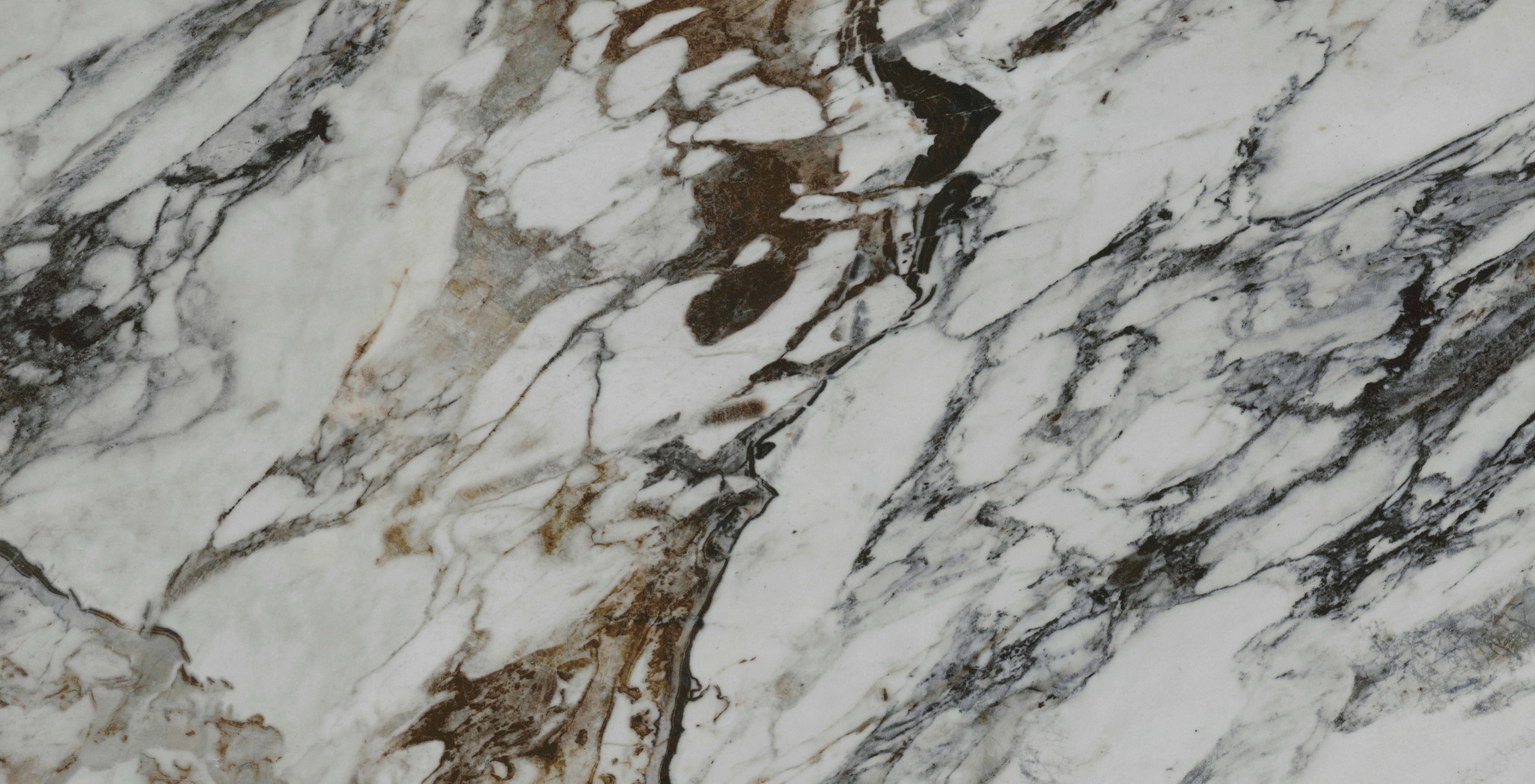What is the difference between porcelain tile and ceramic tile? When it comes to tiling your space, the choice between porcelain and ceramic tiles is one of the most common dilemmas homeowners face. Although these two types of tiles may look similar at a glance, there are distinct differences in their composition, durability, water resistance, and ideal uses. Let’s dive into what sets porcelain and ceramic tiles apart so you can choose the best option for your project.
1. Composition and Manufacturing Process
Both porcelain and ceramic tiles are made from a mixture of clay and other natural materials, but they differ in the types of clay used and how they are fired. Here’s how:
-
Ceramic Tiles: Ceramic tiles are made from red, white, or brown clay, which is fired at a lower temperature than porcelain. This process makes ceramic tiles slightly softer and more porous.
-
Porcelain Tiles: Porcelain tiles are made from a finer, denser type of clay and are fired at a much higher temperature. This makes them harder and less porous than ceramic tiles, which contributes to their durability and resistance to water.
2. Durability
When it comes to durability, porcelain tiles have the upper hand.
-
Ceramic Tiles: Ceramic tiles are durable and work well in areas with light to moderate foot traffic. However, because they are softer, they are more prone to chips and cracks when exposed to heavy impact or high traffic.
-
Porcelain Tiles: Due to their denser composition, porcelain tiles are much harder and more durable, making them ideal for high-traffic areas. Their hardness makes them less likely to crack, which is why they’re often chosen for commercial applications and outdoor areas.
3. Water Resistance
One of the biggest differences between porcelain and ceramic tiles is their water absorption rate.
-
Ceramic Tiles: Ceramic tiles are more porous than porcelain, which means they absorb more water. This makes them best suited for indoor areas that don’t see a lot of moisture, like living rooms and bedrooms.
-
Porcelain Tiles: Porcelain tiles have a very low water absorption rate, making them more resistant to moisture. This quality makes porcelain an ideal choice for areas with high humidity, like bathrooms, kitchens, and outdoor spaces.
4. Maintenance and Cleaning
Both types of tiles are relatively easy to clean and maintain, but there are some key differences:
-
Ceramic Tiles: Since ceramic tiles are more porous, they can stain more easily if spills are not cleaned up quickly. Sealing the tile surface and grout can help prevent stains and moisture absorption.
-
Porcelain Tiles: Porcelain’s low porosity makes it more stain-resistant and easy to maintain. Typically, a simple wipe-down is enough to keep porcelain tiles looking fresh.
5. Design Versatility
Both porcelain and ceramic tiles offer a wide range of design possibilities, but porcelain tends to have an edge in replicating natural stone or other textures.
-
Ceramic Tiles: Ceramic tiles are available in a variety of colors and patterns, but they don’t always achieve the level of detail that porcelain tiles can. However, ceramic can still provide beautiful and affordable design options.
-
Porcelain Tiles: Porcelain can be manufactured to mimic the look of marble, wood, and other high-end materials, making it a popular choice for those seeking a luxury look. Additionally, porcelain tiles can have a through-body color, meaning the color runs through the entire tile, making chips and scratches less noticeable.
6. Cost
Budget is always an important factor, and there is typically a price difference between porcelain and ceramic tiles.
-
Ceramic Tiles: Ceramic is generally more affordable than porcelain, which can make it a better option for those on a tight budget or for covering large areas.
-
Porcelain Tiles: Porcelain tiles are typically more expensive due to their denser materials and higher durability, but they can be a cost-effective choice in the long term, especially in areas that experience a lot of wear and tear.
7. Installation
Lastly, consider the installation requirements for each type of tile:
-
Ceramic Tiles: Due to their lighter weight and softer composition, ceramic tiles are easier to cut and install, making them a suitable choice for DIY projects.
-
Porcelain Tiles: Porcelain’s density and hardness make it more challenging to cut and install, often requiring specialized tools. Because of this, porcelain tiles are generally better suited for professional installation.
Choosing the Right Tile for Your Space
-
Use Ceramic Tile For: Bedrooms, living rooms, and areas with low to moderate foot traffic. Ceramic tiles are also great for walls, backsplashes, and decorative areas where water exposure is minimal.
-
Use Porcelain Tile For: Kitchens, bathrooms, and outdoor spaces. Porcelain is also ideal for commercial spaces, entryways, and any area exposed to heavy foot traffic or moisture.
Conclusion
While both porcelain and ceramic tiles offer aesthetic appeal and functional benefits, understanding what is the difference between porcelain tile and ceramic tile in durability, water resistance, maintenance, and cost can help you make a well-informed decision. Porcelain tiles are best for moisture-prone, high-traffic areas, while ceramic tiles work beautifully in areas with lighter use. By considering the unique needs of your space, you can confidently choose the tile that will look great and last for years to come!

